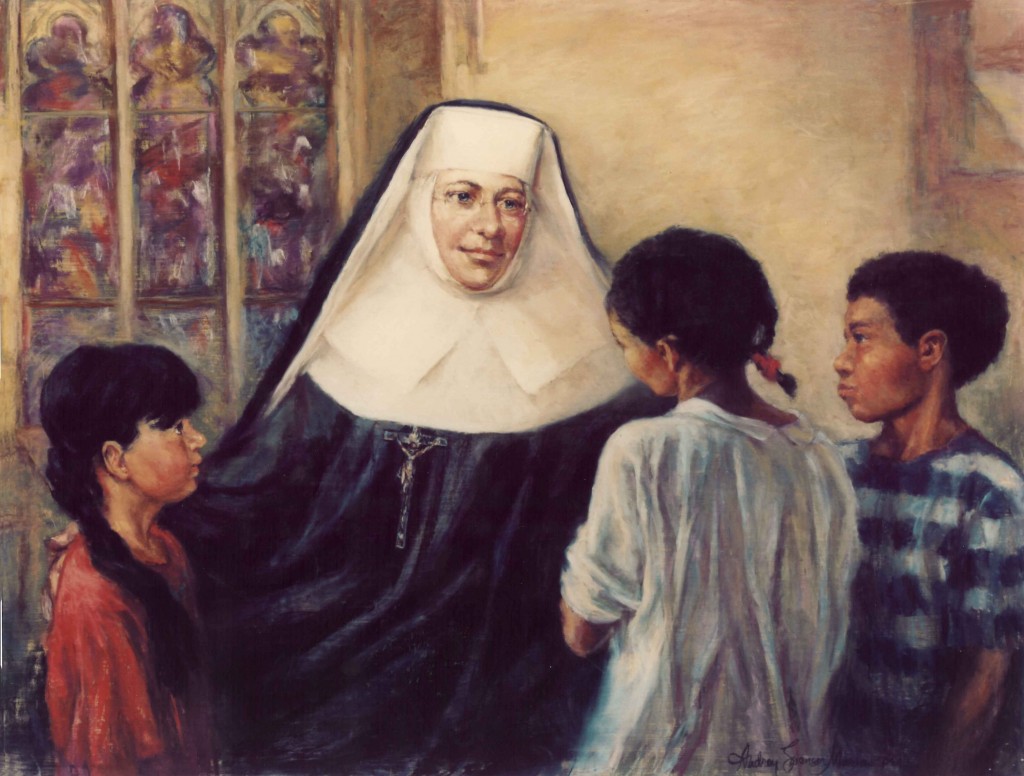 Saint Katharine Drexel (1858-1955)
Saint Katharine Drexel (1858-1955)
Image: Franciscan Spiritual Center
(EWTN) Born in Philadelphia Pennsylvania, Katharine was the second daughter of Francis Anthony Drexel, a wealthy banker, philanthropist and devout Catholic.
Katharine’s biological mother passed away 1 mo after she was born–her father remarried, his second wife Emma Bouvier, was a devoted mother not only to her own daughter Louisa but also to Katharine and her sister–the Drexel family instilled in their children by word and example that their wealth was simply loaned to them by God and was to be shared with others.
During Katharine’s school age years, she and her sisters were educated at home, traveling widely throughout the United States and Europe. According to Saint Katharine Drexel Mission in Virginia, the children were encouraged to conduct Sunday School for the children of the families employees at their Summer homes.
Early in her life, Katharine became aware of the plight of the Native & African-Americans and resolved one day to help those less fortunate than her.
In 1885 after Katharine inherited $20 Million from her father and step mother, she and her sisters traveled to the Western U.S. visiting Indian reservations. Having seen first hand the poverty and suffering there, Katharine began to build schools, paid the teachers salaries, together with supplying food and clothing to those in need–later Katharine was able to find Priests to serve the spiritual needs of the people. In 1887, Katharine established her first boarding school, St. Catherine’s Indian School in Santa Fe, NM.
That same year, Katharine visited Rome to request Pope Leo XIII, provide missionaries to staff the schools she was funding. The Holy Father responded by suggesting that Katharine become a missionary herself and on the 12 November, 1891 in an arrangement with Bishop James O’Connor, Katharine became a Novitiate and the name Sister Mary Katharine with the Sisters of Mercy in Pittsburgh, with the understanding that in 2 years she would found her own Order–the Sisters of the Blessed Sacrament she vowed that she would.
Thirteen companions joined Sister Mary Katharine as the first Sisters of the new Order–the Motherhouse of the new Order was established at St. Elizabeth’s Convent in Cornwells Height, PA
Mother Katharine as she was now called, founded and staffed schools throughout the country. In 1894 she purchased 1,600 acres in Rock Castle Virginia on which she constructed a boarding school for African-American girls, the school opened in 1899 as St. Francis de Sales School.
Nearby was St. Emma’s for African-American boys built in 1895 by her sister Louisa–Both schools concentrated on vocational arts in the belief that this was the best way at the time to provide training for young African-American children to become economically independent.
Soon thereafter a school for Pueblo children was established in New Mexico, Mother Katharine made it a priority to visit all the schools that she financially helped. During her lifetime, Mother Katharine established 40 mission centers and 23 rural schools in 13 states.
In 1935 Mother Katharine suffered a heart attack and subsequently was primarily confined to a wheelchair, for the next 20 yrs she lived her life in prayerful retirement at St. Elizabeth’s Convent where she died on this date in 1955 at the age of 96–At the time of her death, 501 members of her Order were teaching in 63 schools and missions in 21 states.
On the 20 November, 1988 she was Beatified and on the 01 October, 2000 was Canonized by Pope Saint John Paul II
More here from Franciscan Media
Related: Katharine Drexel and Elizabeth Ann Seton, Sister Saint’s who Changed Education in the U.S. Forever
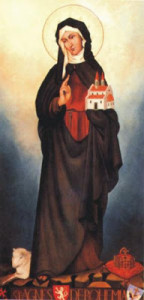
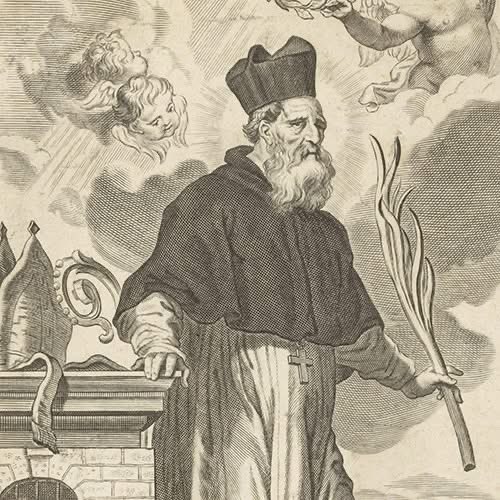
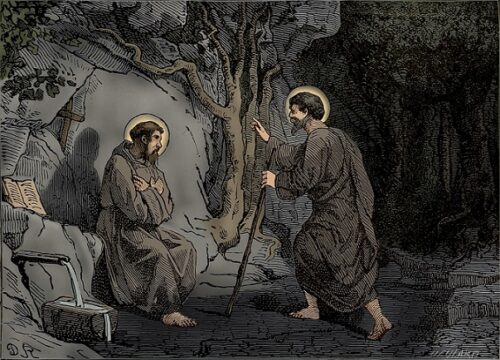
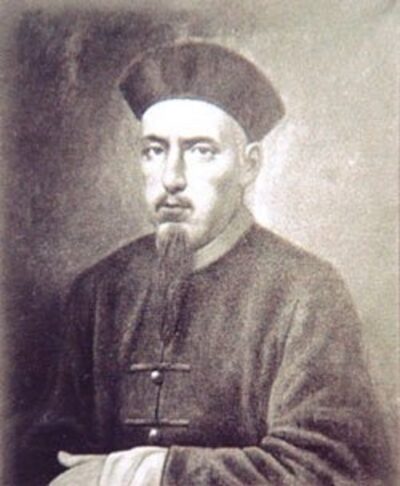
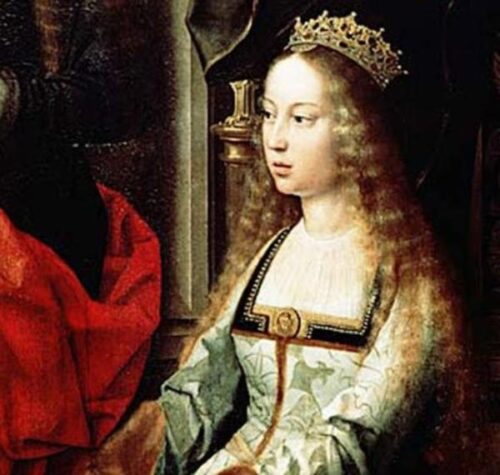
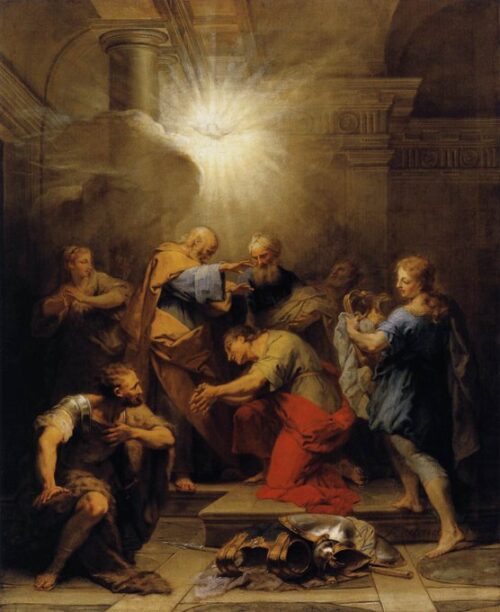
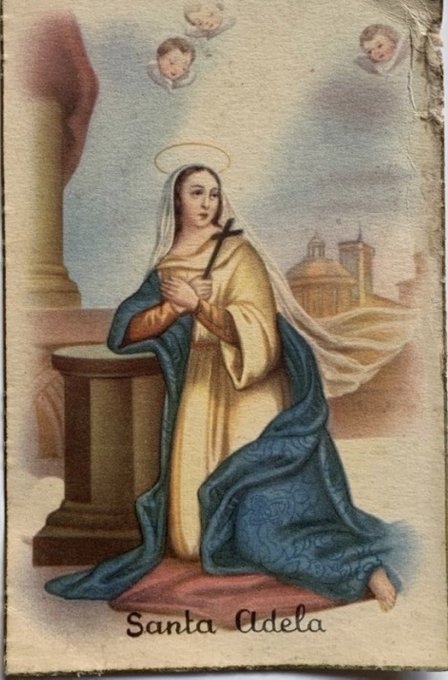
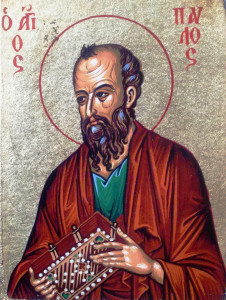
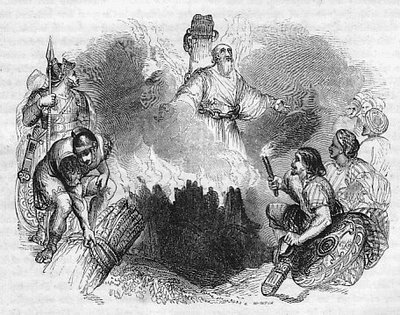 Miracle: St. Polycarp in the Flames
Miracle: St. Polycarp in the Flames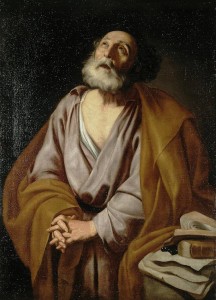
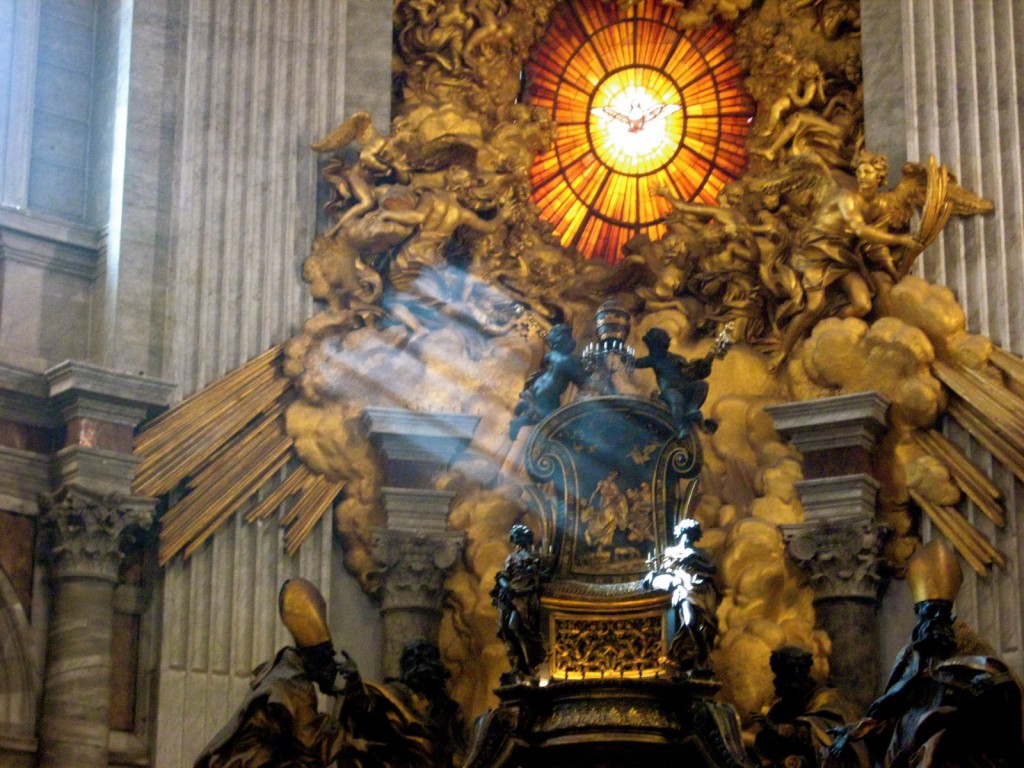 The Chair of Pope Saint Peter —
The Chair of Pope Saint Peter —